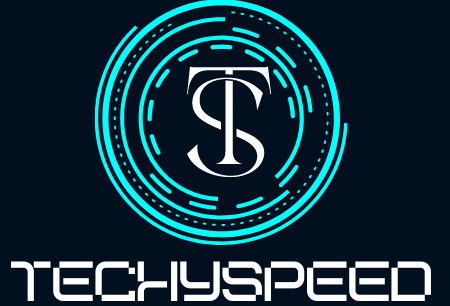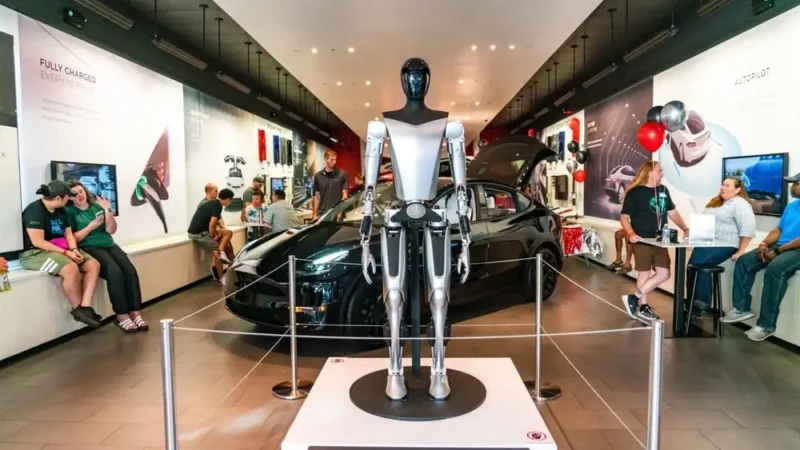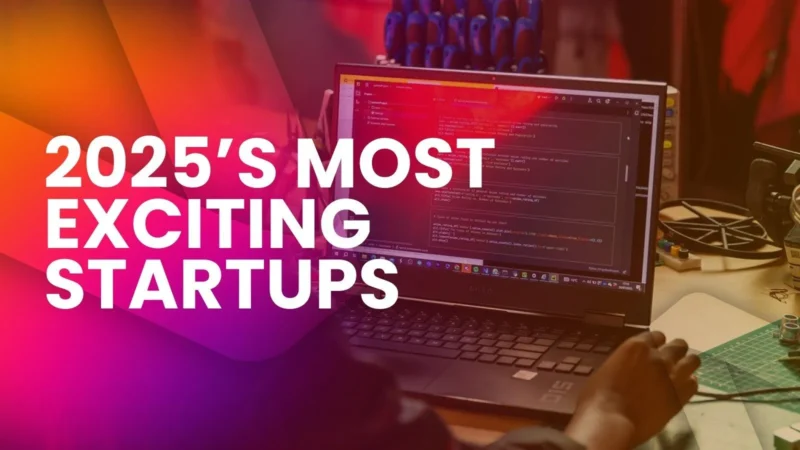Google AI Search Update 2025: How It Impacts Website Rankings
In 2025, Google is shifting how search works in a fundamental way. With the rollout of AI Mode, expanded AI Overviews, and more sophisticated query reasoning, the search engine is becoming an “answer engine” rather than just a listings engine. For website owners and content creators, this means ranking isn’t just about keywords and links. it’s about how well you integrate your content into AI-driven narratives. In this article, we’ll unpack what’s changed, how your website could be affected, and actionable strategies to adapt and win in this AI-powered era of search.
What’s New: AI Search Update- AI Mode, AI Overviews & Enhanced Reasoning
AI Mode: A Deeper, Conversational Search Experience
Earlier in 2025, Google officially launched AI Mode, which complements traditional search by offering deeper, more conversational responses. In AI Mode, Google breaks user questions into subtopics using query fan-out, retrieving and synthesizing information across multiple sources. Users can ask follow-up questions, refining results in a back-and-forth style that mimics a conversation.
This change means that some searches no longer produce a list of ten blue links. Instead, the user may see a summarized, intelligent answer (with source links) as the primary result. Early experiments even show a version of search where traditional links are replaced with just an AI-generated summary.
AI Overviews: Expanded Reach and Visibility
AI Overviews—those summary boxes that appear at the top of many search results pages—are becoming more common. Over time, their footprint has grown, and they now appear in over 50% of queries across devices (desktop + mobile) in many verticals.
These Overviews help users quickly understand the gist of a topic, often reducing the need to click through to source sites. That means websites must compete not only for top ranking but also for inclusion in those AI summaries.
Quality Raters, Spam Updates & the New Context
Google has refined its quality rater guidance to explicitly include evaluation of AI Overviews. As of September 2025, human evaluators rate not only traditional results but also AI-generated summaries—meaning AI summaries must meet Google’s quality, accuracy, and neutrality standards.
Meanwhile, in 2025 Google has rolled out multiple algorithm and spam updates, including the June 2025 Core update and a global spam update in August 2025. These core updates, layered with the AI changes, accentuate the importance of high-quality content, user trust, and technical soundness.
Why This Matters: Impact on Website Traffic & Ranking
Declines in Click-Through Rate (CTR) — The Zero-Click Problem
One of the most serious consequences is the decline in CTR for websites. Because AI Overviews and AI Mode answer questions directly on the search page, many users never click through to source websites. This “zero-click” behavior reduces traffic for even top-ranked sites.
Some studies indicate that CTR for top organic positions has plummeted. For example, position #1 CTRs may have dropped by double-digit percentages in segments where Overviews dominate. Moreover, AI Overviews and featured snippets now occupy a majority of visual real estate on mobile and desktop, pushing traditional results further down the page.
Ranking Alone Isn’t Enough — Inclusion Matters More
It no longer suffices to merely rank on page one. Your content must also be structured and presented in ways that make it likely to be cited by AI Overviews or AI Mode. That means emphasis on clarity, context, and semantically rich content.
Sites outside the top 10 can sometimes appear in AI Overviews if their content is uniquely helpful, well-structured, and authoritative. That shifts part of competitive pressure away from domain strength and toward content quality and format.
Quality & Intent Over Keywords
The new environment elevates E-E-A-T (Experience, Expertise, Authoritativeness, Trust) more than ever. Sites that show domain authority, credentials, well-cited research, and user-first content will fare better. Low-value or thin content is likely to be de-prioritized, even if it once ranked well through optimization tricks.
Also, since AI Mode can decompose a query into subtopics, content that explores different facets of a topic, addresses nuances, and provides context has a higher chance of being surfaced.
Technical & UX Factors Gain More Weight
Because AI systems need to parse and understand content, technical SEO matters more. Fast loading, stable layout, responsive design, and structured markup are crucial. Pages that can’t be crawled or parsed properly may be ignored or mis-represented in AI summaries.
Similarly, well-implemented schema (FAQ, HowTo, Article, etc.), clean HTML, alt text, media tags, and logical content structure increase the chance of being included in AI summaries.
How to Adapt & Thrive: Strategy for Website Owners
1. Audit Priority Pages for AI Potential
Identify content with high search volume or core topics. For each, check whether your content clearly answers key user questions within the first 50–100 words. If not, add a summary or “quick answer” section. Use headers with question formats (e.g., “What is X?”, “How to do Y?”).
2. Use Rich & Structured Markup
Add FAQ schema, HowTo schema, and other relevant structured data. This helps AI systems better understand your content’s structure and enables Google to pull accurate excerpts. Also, ensure consistent metadata and clear hierarchy in H1–H3 tags.
3. Embrace Depth, Context & Subtopic Coverage
Don’t just cover a topic superficially. Explore its subtopics, edge cases, comparisons, pros and cons, updates. AI Mode may use query fan-out to fetch related queries; if your content already addresses those, you increase chances of inclusion.
4. Strengthen E-E-A-T Signals
- Include author bios with credentials
- Cite reliable, up-to-date sources or research
- Show original insights, case studies, or benchmarking
- Keep content updated (timestamps, revisions)
- Build relationships and references (e.g., getting third-party citations)
5. Optimize Technical Performance & UX
- Ensure fast page load times (Core Web Vitals)
- Use responsive design and optimize for mobile
- Minimize layout shifts (Cumulative Layout Shift)
- Provide alt text for images, captions, semantic HTML
- Ensure clean internal linking to related pages for context
6. Monitor & Pivot Metrics Beyond Clicks
As click-through may fall, track other key metrics: impressions, visibility in AI Overviews, engagement time, conversions (leads, email signups), brand mention, social shares. Use Search Console for “AI summary impressions” or referral traffic from Overviews.
7. Experiment, Watch & Iterate
Given change is ongoing, treat new content as experiments. Try formats like Q&A drills, comparison tables, visual summaries, short “AI preview” sections. Review what gets cited by AI Overviews in your niche and iterate accordingly.
FAQs
No- but some drop is likely, especially for content heavily relying on basic SEO tactics. Websites that adapt by adding context, structuring content for AI, and demonstrating authority can maintain or even grow traffic.
You can check via Google Search Console: look for queries where your site is cited in AI summary cards or “SERP features.” Also manually search your target queries and see whether your content appears as a source in the AI summary. Track impression vs. click trends too.
No. Traditional SEO (backlinks, keywords, authority) still matters—especially as AI summaries often cite top-ranking domains. But you should layer on newer strategies (structure, context, schema, content framing) to align with the AI-centric search paradigm.
Conclusion
Google’s latest AI search updates are more than evolutionary—they represent a paradigm shift. Websites that only optimize for old models of ranking risk obsolescence. The new playing field demands clarity, structure, depth, authority, and content designed to integrate into AI summaries.
If you want to stay ahead, begin updating your core pages, implement structured data, strengthen credibility, and monitor how your content fares in AI Overviews and AI Mode. The sooner you adapt, the sooner you can reclaim visibility in a world where search is becoming intelligence.
For ongoing insights into AI-driven SEO, innovations, and content strategy, keep an eye on TechySpeed.com.





